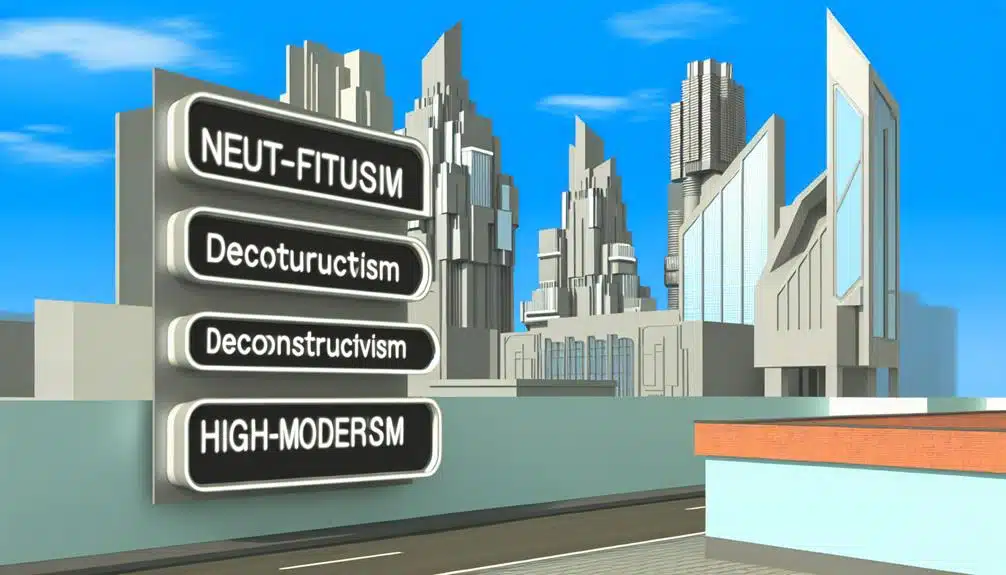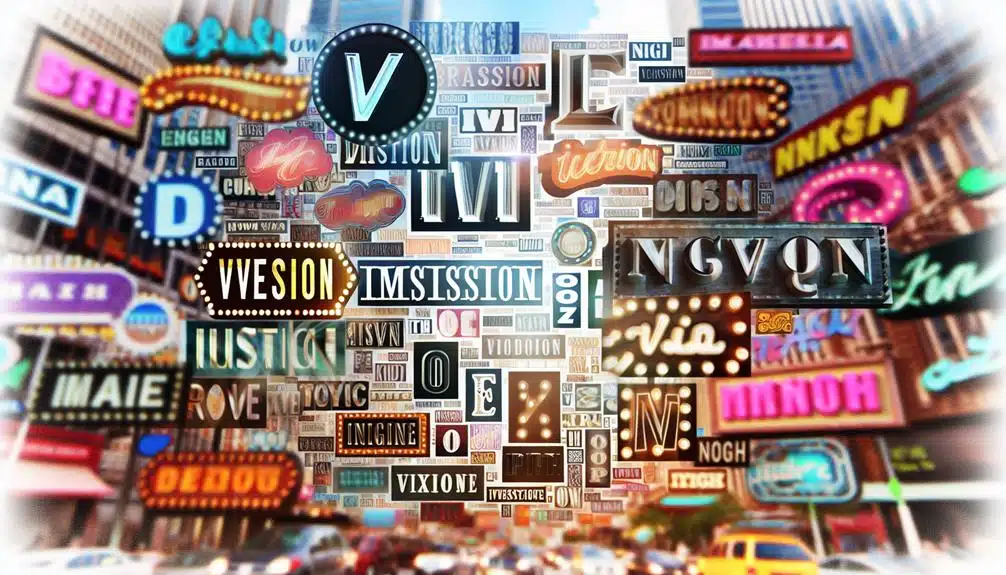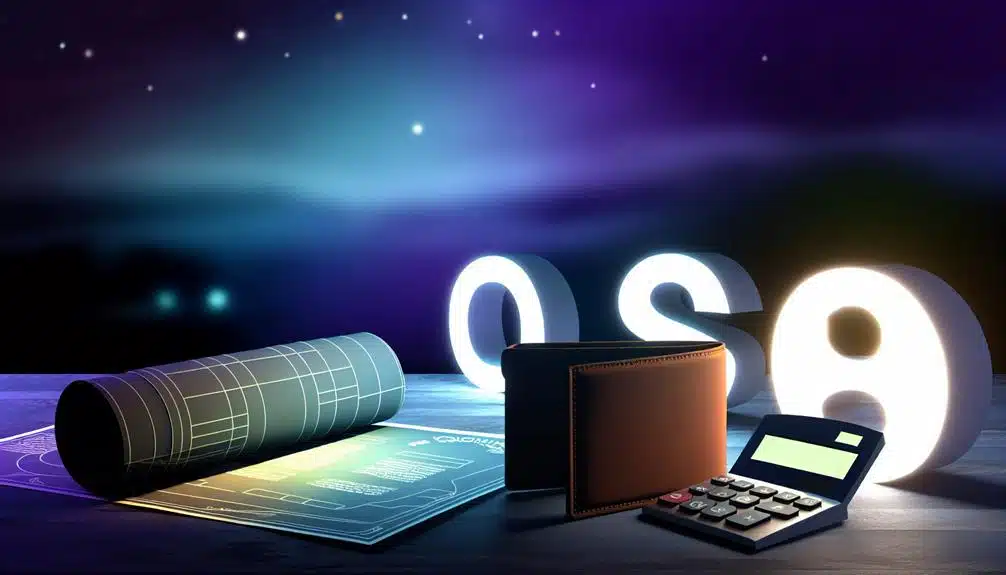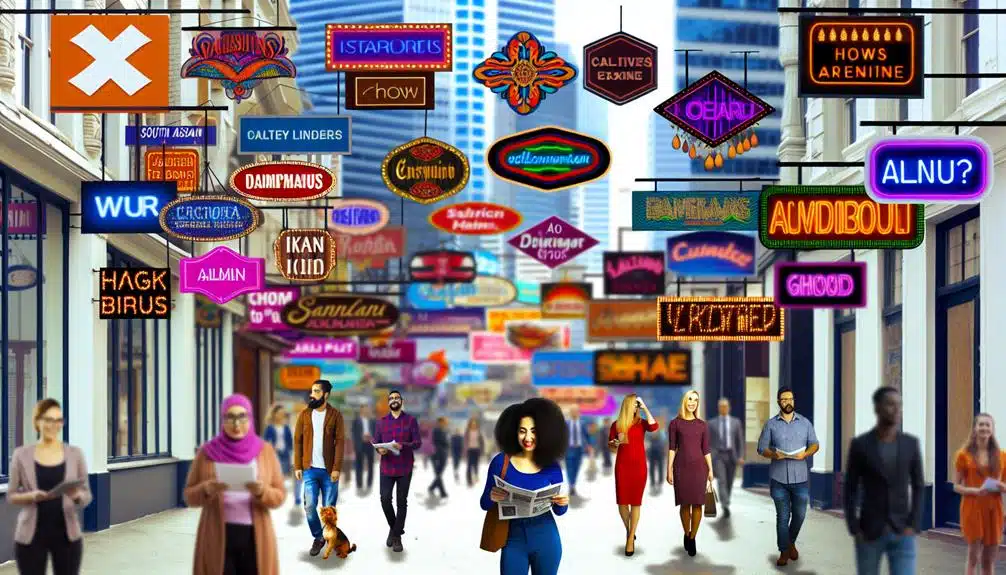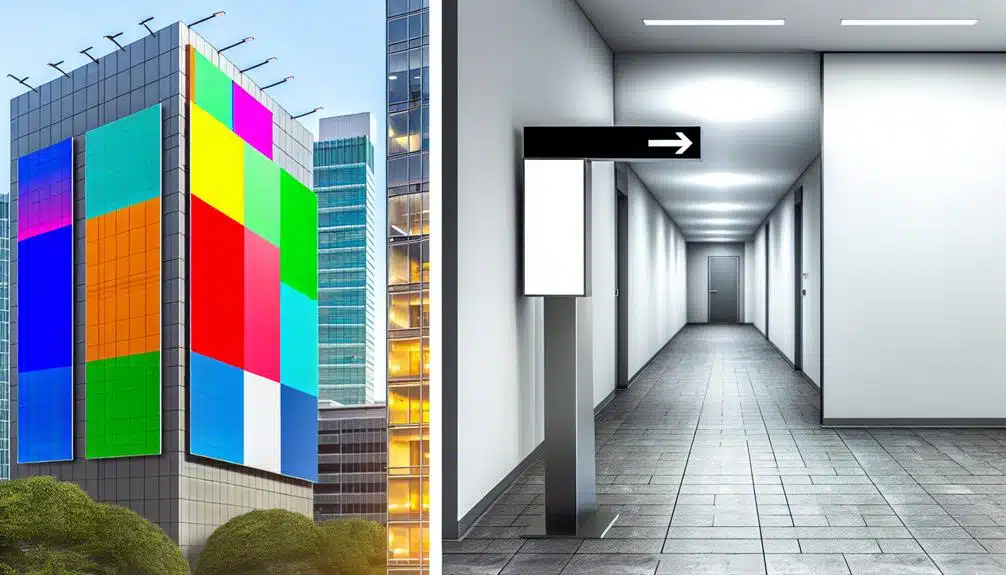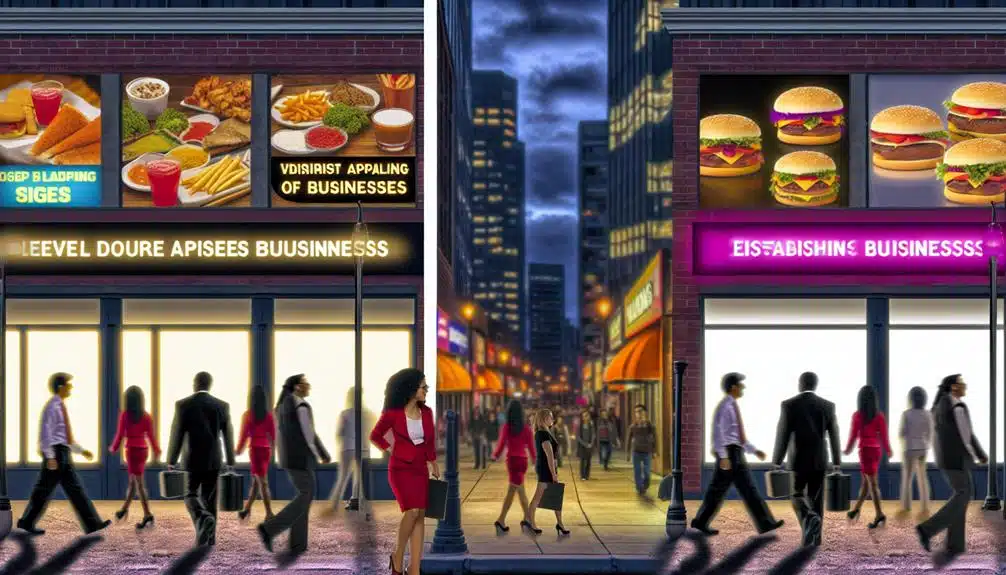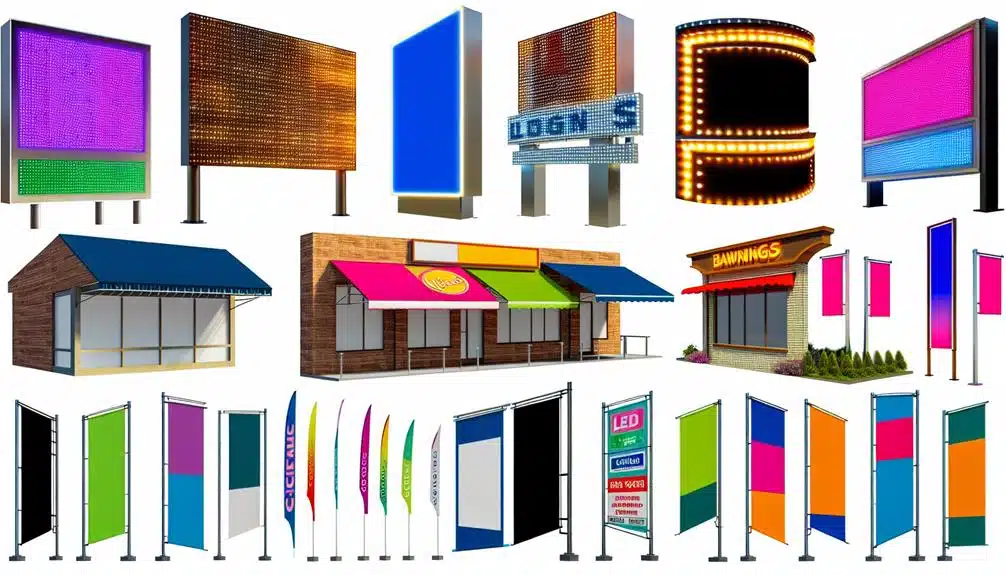Just as a tree growing in a concrete jungle symbolizes the resilience and importance of nature amidst urbanization, eco-friendly signage stands as a testament to the industry's increasing awareness and responsibility towards the environment. You're likely familiar with traditional signage options, which, while effective, often contribute to environmental degradation. The rise of eco-friendly signage, however, promises an enticing solution. These signs not only fulfill their purpose in terms of functionality and visibility, but they also lower your carbon footprint, contributing to a healthier planet. Intriguing, isn't it? Stick around as we peel back the layers of this sustainable approach to signage, revealing its benefits, real-world applications, and its potential to reshape the future of the signage industry.
Understanding Eco-Friendly Signage
To fully appreciate eco-friendly signage, you need to understand its fundamental aspects, which revolve around the use of sustainable materials, energy-efficient manufacturing processes, and recyclability. The selection of materials is crucial in determining the environmental footprint of the signage. You can't just use any materials; they have to be sustainable, meaning they don't deplete natural resources or harm the environment in their creation or disposal.
Green certifications often accompany these materials, providing assurance that they've met certain environmental standards. These certifications aren't merely fancy labels; they're a testament to the manufacturer's commitment to sustainability. They indicate that the materials used have been sourced responsibly, and the manufacturing processes have minimal environmental impact.
Energy-efficient processes can significantly reduce the carbon footprint associated with signage production. From using solar energy to power machinery, to employing low-energy production methods, eco-friendly signage manufacturers are making considerable strides in this area.
Lastly, recyclability is a key feature. A sign's life doesn't end when it's no longer needed. Eco-friendly signs can be recycled, ensuring that materials are reused and waste is minimized. This completes the sustainability circle, making eco-friendly signage a truly green choice.
The Evolution of Green Signage
Over the years, green signage has dramatically evolved, embracing innovative techniques and materials that further reduce its environmental impact. You've probably noticed the shift towards the use of green signage materials, but you might not realize the extent of their eco-friendliness.
For starters, manufacturers are now using recycled aluminum and plastics, reducing the need for raw materials and lessening the strain on our planet's resources. Furthermore, biodegradable inks have replaced traditional petroleum-based ones, leading to a significant reduction in harmful chemicals released into the environment. It's a clear demonstration of the industry's commitment to sustainable manufacturing processes.
But, it doesn't stop there. Technological advancements have brought about energy-efficient LEDs for illumination, a massive improvement over the high-energy-consuming traditional bulbs. Plus, the move towards digital signage, which uses less material and energy, further exemplifies the industry's evolution.
However, the evolution isn't solely about materials and manufacturing processes. It's also about the way you, as a consumer, interact with and dispose of signage. Recycling programs and take-back schemes are more prevalent now, encouraging responsible disposal and further reducing environmental impact.
Indeed, the green signage industry isn't just changing – it's revolutionizing, pushing towards a more sustainable future.
Benefits of Environmentally Friendly Signage
While the green signage industry's transformative efforts are impressive, they're not just about saving the planet – they're also packed with practical benefits for your business. One of these is cost efficiency. Eco-friendly materials are often more durable, meaning they last longer and lower your replacement costs. Plus, with advancements in technology, the production costs of these materials have significantly decreased.
Material innovation is another benefit. Today's green signage options are not only durable but also versatile. Whether you're looking for indoor or outdoor signs, there's an eco-friendly solution that fits your needs. These materials offer high-quality visuals, are resistant to weather conditions and are easy to maintain. They're designed to withstand the test of time, keeping your signs looking sharp and professional for longer.
Moreover, going green can boost your brand image. Consumers are more conscious of environmental issues and appreciate businesses that share this concern. By opting for green signage, you're showing your commitment to sustainability, which can strengthen your reputation and foster customer loyalty.
Case Studies: Successful Eco-Friendly Signage
Have you ever wondered how businesses have successfully adopted eco-friendly signage? Let's dive into a few case studies that highlight the implementation of green signage solutions.
The first instance revolves around a retail store that decided to switch its traditional plastic signs with those made from recycled materials. They incorporated recycling methods into their sign production, drastically reducing their carbon footprint. By reusing materials, they not only saved costs but also contributed positively to the environment.
Another case involves a restaurant chain that focused on material sourcing for their signage. They opted for sustainably sourced wood and low VOC (volatile organic compounds) paints. This not only reduced their environmental impact but also enhanced their brand's eco-conscious image.
Lastly, we look at a tech company that went digital with their signage. This move eliminated the need for physical materials altogether, saving on both production costs and waste.
Each of these businesses found ways to incorporate eco-friendly signage that not only benefited their bottom line but also the planet. It's clear that with careful planning and a commitment to sustainability, businesses can indeed make a significant environmental difference through their signage choices.
Future Trends in Sustainable Signage
Building on these successful examples of eco-friendly signage, let's turn our attention to what the future holds in terms of sustainable signage trends. The industry is set to evolve rapidly, driven by technological advancements and the universal need for sustainability.
Solar powered displays are expected to become increasingly popular. Not only will they reduce electricity costs, but they'll also cut down on carbon emissions. They're a win-win solution, offering clear visibility while also caring for the planet.
Another interesting trend is the use of biodegradable materials for sign production. This approach reduces waste and ensures that old signs don't linger in landfills for centuries. Imagine a future where your signs degrade naturally once they've served their purpose. It's an exciting thought, isn't it?
In the future, you'll likely see more signs made from reclaimed or recycled materials, another step towards a circular economy. Digital signs, too, will become more energy-efficient, using advanced technology to reduce their carbon footprint.
As you can see, the future of signage looks bright – and green. By embracing these trends, you'll not only save money, you'll also contribute to a more sustainable world.
Frequently Asked Questions
What Type of Materials Are Used in the Production of Eco-Friendly Signage?
When you're making eco-friendly signage, you'll often use recycled materials like aluminum, cardboard or plastic. It's not just about the materials, though. The manufacturing process matters too. You'd need to ensure it's done sustainably, often using less energy and producing fewer emissions. So, while you're using recycled materials, you're also contributing to a more sustainable future. It's a win-win situation, both for your business and the environment.
Are There Any Specific Certifications or Standards That Eco-Friendly Signage Must Meet?
Yes, there are specific certifications and standards that eco-friendly signage must meet. You'll often see labels like "Green Seal" or "EPEAT" which indicate compliance with environmental standards. These certification benefits aren't just for show; they signify a commitment to green compliance. By choosing such signage, you're not only reducing your carbon footprint, but also promoting sustainability in your industry.
How Do the Costs of Eco-Friendly Signage Compare to Traditional Signage Options?
You're likely to find that the upfront costs of eco-friendly signage are higher than traditional options. However, when you consider the signage lifespan comparison, eco-friendly signs often last longer, reducing replacement costs. Plus, using green signage can boost your brand's image, offering green marketing benefits. So while eco-friendly signs might seem pricier initially, they're often more cost-effective and beneficial in the long run.
Can Eco-Friendly Signage Be Used in All Weather Conditions and Environments?
Absolutely, you can use eco-friendly signage in all weather conditions and environments. This is because of the signage durability which is a hallmark of eco innovation. These signs are designed to withstand harsh climates, sunlight, and even heavy rain. So not only are you making an environmentally conscious choice, but you're also getting a durable, long-lasting product. It's a win-win situation for both you and the planet.
Are There Any Companies or Organizations That Specialize in the Creation of Eco-Friendly Signage?
Yes, there are companies specializing in eco-friendly signage. You'd find innovative firms like 'Eco Signage Innovations' leading the way. They're creating signs from recycled and biodegradable materials, reducing the environmental impact. Plus, their green branding is not just good for the planet, it's also good for business. It's a win-win. So, next time you need signage, consider an eco-friendly alternative. It's a small step you can take to help our environment.
Conclusion
You've seen how eco-friendly signage has evolved and the benefits it brings. You've even seen it in action with successful case studies. As you move forward, consider how your business can play a part in this green revolution. Opt for environmentally conscious signage options that not only look great, but also reduce your carbon footprint. Stay tuned to future trends in sustainable signage – it's a smart move for your business, and our planet.




